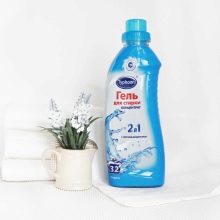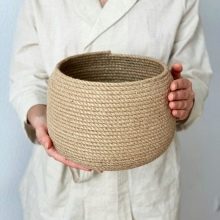What is jute and how is it used?
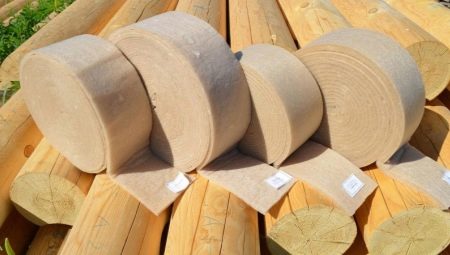
The most popular materials today are cotton, linen and jute. The latter has found its application in many industries. The high popularity of the material is due to the yield of the plant, affordable cost and excellent characteristics.

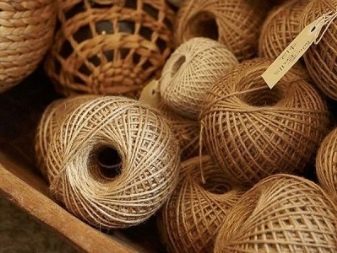
What it is?
Jute is a herbaceous representative of the flora that looks like a shrub and semi-shrub with a height of no more than 300 cm. It grows in southeast Asia, where the air humidity reaches 60-90%. The average plant yield is 2 tons of dry fiber per hectare. According to the history of the origin of this material, it can be concluded that the homeland of this raw material is India. Later, jute began to be imported to China, America and Egypt.
Today, the cultivation of this shrub is possible in regions where a humid hot climate and swampy areas prevail.
Natural raw materials serve as the basis for creating high-quality durable material used in industry and household conditions.
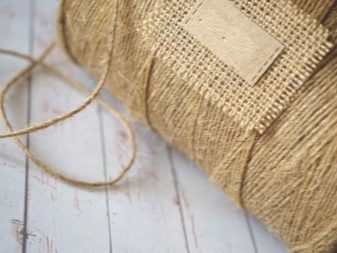

Fiber production
Jute takes about 5 months to ripen. After this time has passed, you can begin to harvest. After cutting, the stems should remain in the field and lie on it for several days. During this time, foliage will fall off the branches, after which they are collected and soaked for 7-14 days. This procedure will break down the sticky particles of the plant, as well as easily separate parts of the stem.
Further, manufacturers are engaged in washing, drying and sorting raw materials. The main criteria here are length, color, elasticity. After pressing, the plant is sent to the production of textiles.
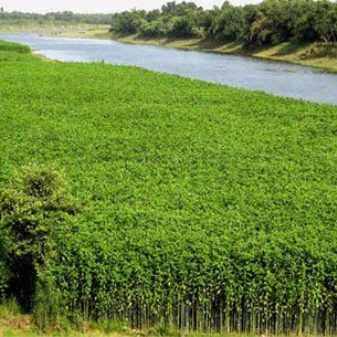
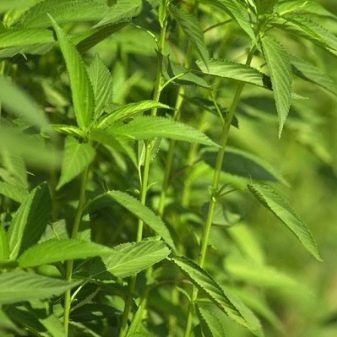
To obtain jute fiber, the manufacturer proceeds according to the following scheme:
- loosen bales of plants that have arrived at the factory;
- impregnate the stems with water or oils, which helps to soften the material;
- the stems are processed in a mill, removing lumps in advance;
- raw materials are cleaned of dirt, dust, after which they are separated, straightened and folded with ribbons;
- jute stripping is performed in several belt units;
- the material is processed on spinning water, after this procedure it becomes yarn.

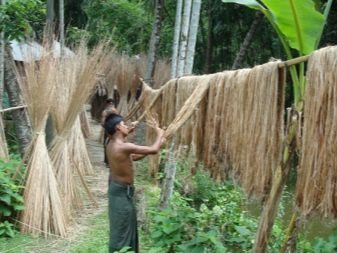
Basic properties
The basis of jute fiber is a vegetable component, namely cellulose and lignin. It is long, soft, shiny, up to 4 meters long and about 20 microns thick. There can be a different number of meters of fabric on a roll. The canvas has a beautiful texture and many advantageous characteristics, thanks to which it has found its application almost everywhere.
Often, jute fabric is made by weaving in plain weave. In this case, bast fiber, as well as a multicomponent composition with cotton, flax, silk, lurex, polymer threads, can become the raw material.
A pure jute product is light and has a gap between the threads. Its density can be from 190 to 420 g / sq. m.
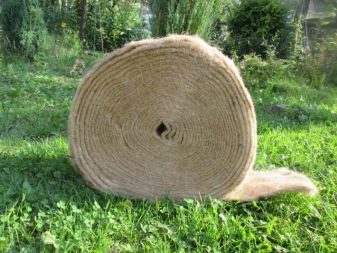
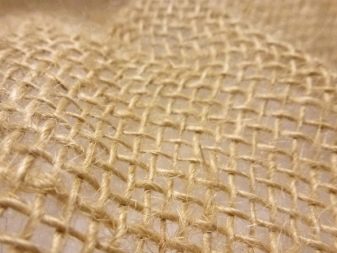
The main positive properties of jute material are:
- great hygroscopicity;
- good breaking strength;
- resistance to deformation;
- the ability to pass air;
- good thermal insulation;
- the originality of the texture;
- environmental safety;
- affordable price;
- the possibility of processing.
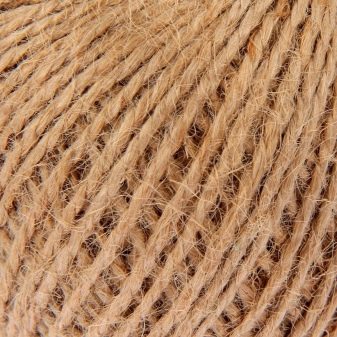
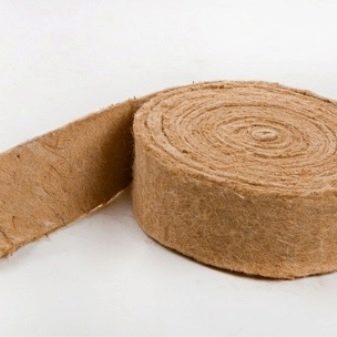
The disadvantages of such a canvas are considered to be:
- coarseness;
- dryness;
- fragility;
- lack of resistance to decay;
- short term of use.
The quality characteristics of the material are influenced by the additives that are present in it:
- cotton helps to soften the fabric;
- linen makes it resistant to bending.
In the case of additional lamination, jute fibers can be expected to withstand wear, as well as good shape retention and moisture resistance. The fabric lends itself well to dyeing, and even after the passage of time, its color remains saturated.
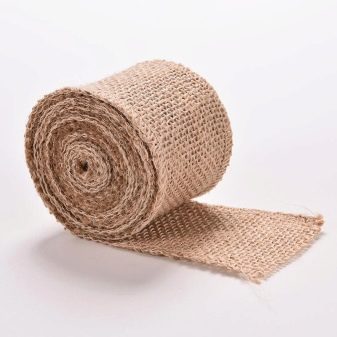
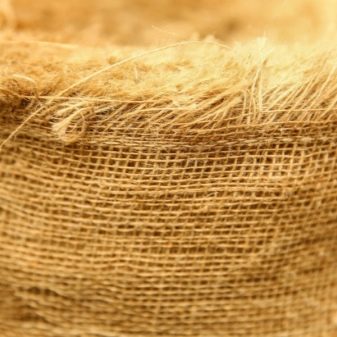
Jute in industry
For many decades, people have been using jute in the process of making rough colored clothing, nets, and ropes. With the development of technology, the range of products has become much wider, therefore, hundreds of product options can be found on the market. Manufacturers make sack containers, wallpaper products, linoleum and carpets from plant fiber.
Jute is an excellent insulation material that has found its application in construction. The fiber has the ability to seal, so it is moisture resistant as well as heat insulation. In addition to all of the above, the product is able to reliably protect from the wind.
Thanks to the use of jute insulation, the consumer can count on moisture control in the building, the absorption of excess liquid, as well as the return of the missing one.
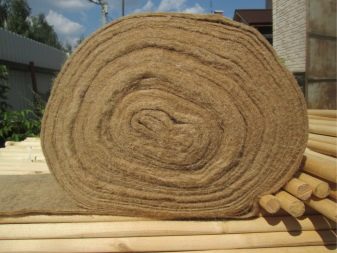
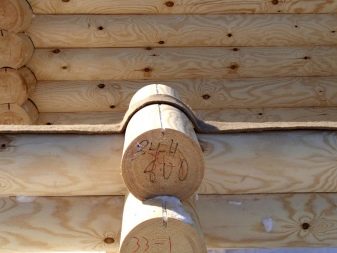
Such insulation has the form of a jute tape, which has many sizes. Installation of such a product is quite simple - it must be laid directly on top of the log house. Jute tow is sold in bales, it can reliably seal the seams between the joints. These products are considered the best option for buildings made of logs and bars. Natural plant fiber can be used to create a composite plastic mass. In this case, the material has the ability to "breathe". This polymer has found its application in the packaging of coffee drinks, tea and other food products. In addition, the composite material is used in the automotive industry.
Jute can be used to make ropes, twines, ropes with good tensile strength. Such ropes are characterized by resistance to ultraviolet light, heat, mechanical stress, so they can be used in industry and in difficult conditions.Ropes are often used to decorate rooms and log cabins.
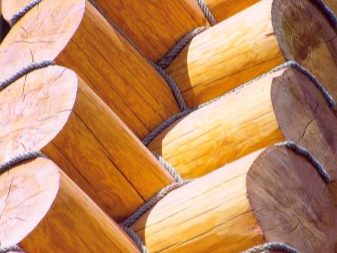
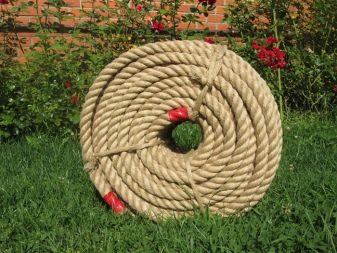
Fabrics
Jute fabrics are characterized by optimal hygroscopicity, durability, environmental friendliness, antistatic properties. Such material is not prone to stretching, it can be easily painted even at home. From jute with high strength and rigidity, you can make burlap, which is subsequently upholstered in furniture and create designer items. This canvas is a great option for a gasket and filter.
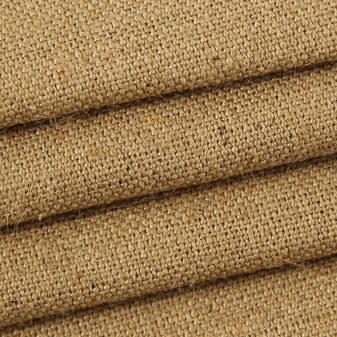
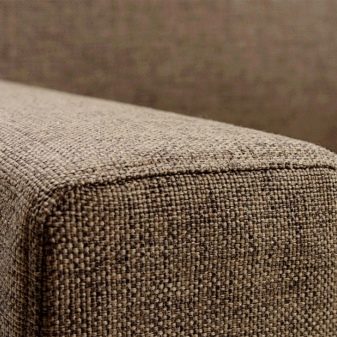
Floor coverings
The high density of jute makes it possible to produce carpets and mats from it. The result is durable and practical products that have the following characteristics:
- originality;
- low cost;
- naturalness;
- environmental Safety;
- lack of harmful impurities that can cause allergies;
- relative stiffness, due to which wet products do not deform;
- the possibility of supplementing with other materials.
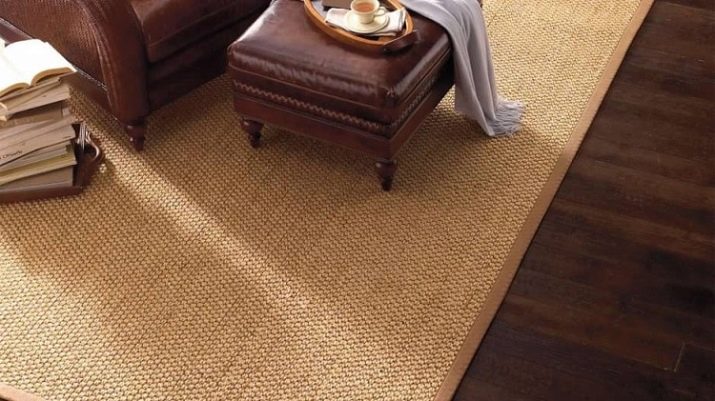
Packaging materials
Jute raw materials have found their application in the manufacture of packaging materials of soft and hard types. Many of us use a large number of such products in everyday life. Due to its low hygroscopicity, high-quality packaging is obtained from jute, which can be found in warehouses with linen, wool and cotton.

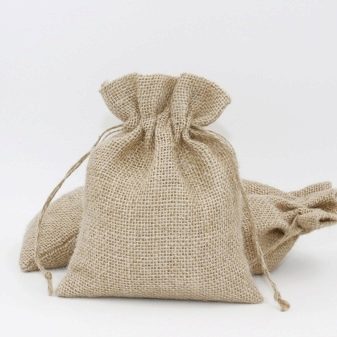
Variants of using thread in needlework
Since the color range of the jute thread is quite wide, it is successfully used in needlework, namely, in weaving decorative elements. In the interior, homemade plant fiber items look very original. The natural color of the fiber is straw, and red, green, blue and other ropes can be used to decorate household items.
Some craftsmen can make an attractive rug of their own design from jute fiber in several steps. Winding the rope is not difficult; work will require patience and perseverance. With the help of plant fiber, you can create decorated bottles, hot coasters, decorated with additional elements.
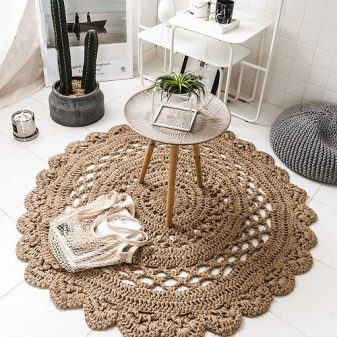
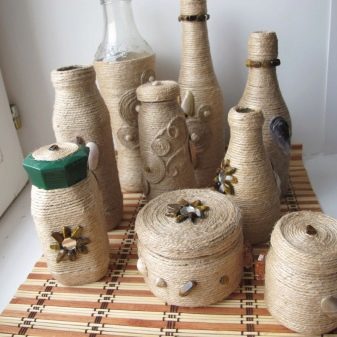
To successfully make a product from a jute thread, you need to take into account the following points:
- create a strong frame for the product, for which the thickest rope is required;
- auxiliary elements for work can be glue, tweezers, scissors, a paper knife;
- decorating decorative items is easier with a needle, crochet hook, acrylic varnish;
- rhinestones, beads and sequins can be used as additional decor;
- the thread can be finished with acrylic paint.
Before starting work on creating a jute craft, it is better to prepare a stencil in advance. To create it, you need to choose the right pattern, or draw it yourself.
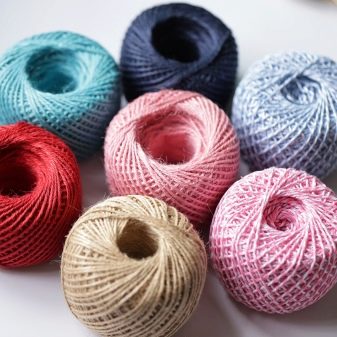
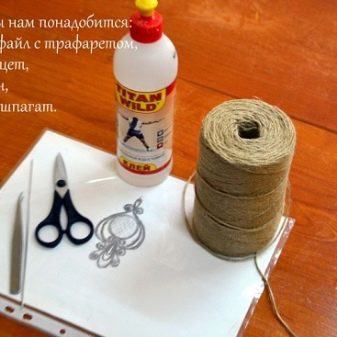
The scheme for creating a candlestick:
- the rope is rolled up in a ring, the radius of which is 5 cm;
- the ring is fixed with a knot;
- the number of rings must be 12;
- we connect them in pairs;
- make a circle of twine with a diameter of 5 cm;
- the next step is to make hinges with a curved body;
- the rest of the rope is collected in a loop and positioned relative to the perimeter of the ring;
- a circle is applied to the front side of the loops;
- the thread is glued along the edge of the loops;
- twisted rings are fixed to the tape base.
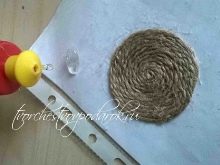

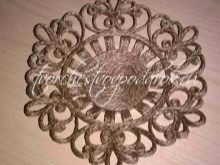
And also beautiful openwork flowers are obtained from jute, which can be easily made according to the following plan:
- print out jute diagrams and grease with glue;
- strictly observe the color scheme, namely, the veins are made gray, the outline is green.
This napkin can be used to decorate a family celebration. To make a decorative box, you will need to prepare a small cardboard box. A stencil is fixed on the box with liquid glue, lubricating hard-to-reach places with a cotton swab. After the box is dry, you need to take paint and paint with your favorite color. It is worth decorating the product with beads or feathers.
Jute rope is considered to be a versatile, natural and completely environmentally friendly material. For this reason, it is so often used to create home furnishings.


Criterias of choice
As mentioned above, jute is used in many areas of human life. If you want to purchase this type of material, the consumer should pay attention to several points.
- The nature of the surface. For mezhventsovy insulation, it is better to choose a golden cloth. Lush insulation appeared on store shelves not so long ago. These products are characterized by low cost and optimal thickness. However, the buyer should be aware that a low price may indicate an insufficient density of the material. A cheap material is produced by chemical thermal bonding using synthetic materials. Thin heaters are made using a special technology, while they are of very high quality. This product is not prone to delamination, moisture accumulation, toxic emissions.
- Manufacturer. As practice shows, the best jute producers are India and Bangladesh.
- Density of products. The optimal indicator for jute is considered to be 450 - 600 g / m2. The high-density material has high heat-saving properties. Hemp has the lowest density, since it does not contain additional impurities.
- Foreign impurities. Some manufacturers may use substandard products as an admixture for jute. For this reason, you should definitely pay attention to the absence of chemical components. In the case of the presence of synthetics in the composition of products, decay of tissues in the inter-crown joint and the formation of a putrefactive fungus may occur.
- Price. When choosing the required option, it is worth familiarizing yourself with the many offered goods, since the price for them can be very different. The cost of jute is influenced by technical characteristics, country of origin, as well as implementation features.
- Presence of odor. Technical jute rope is impregnated with a special oil with a specific aroma. In its natural state, the fiber is odorless.
- Hairiness of the material. Polished jute is considered the smoothest. A standard thread is characterized by a fibrous structure, so the consumer should pay attention to the looseness.
- Number of threads. In a jute rope, there can be 1, 2 or 3. As practice shows, the more threads, the stronger the product. For the purpose of creating decorative interior items, a two-thread rope can be used.
All of the above characteristics should be taken into account when choosing a jute canvas. If you make the right choice, the product will last for a long period.
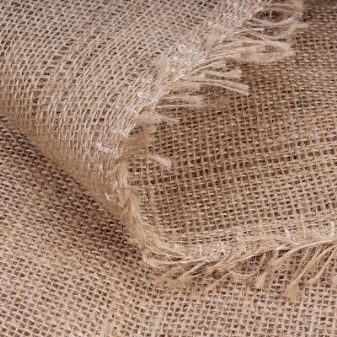

Depending on the tasks set, you can select the material of one or another manufacturer.
- "Insulation UT000000100" produced in Russia. Well suited for insulating wooden buildings.
- "Twine 93882" found its application in packaging and strapping of objects, as well as in needlework.
- "Twisted rope 21962" made in Belarus is the best suited for working with cargo. It is used in household needs, agriculture, fishing and construction.
- "Rope 94013" used as a strapping tool in many sectors of the economy.
- "Kanat 36820" difficult to replace when lifting irresponsible cargo and finishing a wooden frame.

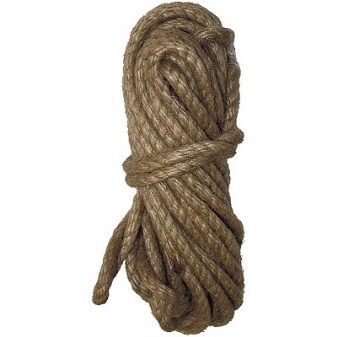
How to take care of your products?
Jute fabric is an excellent alternative to high density polymeric fabric. This material is characterized by absolute safety and can last a long time if properly cared for. The features of this procedure are influenced by the hardness of the product. Stains are usually removed by dry cleaning. In the case when washing is simply necessary, experts recommend using gels and warm water, as powders can clog the fibers.In addition to all of the above, jute products must be soaked. This dissolves the dirt. Difficult dirt should be rubbed, squeezed out, then spread on a horizontal surface.
Dry such things away from the sun and heating devices. Ironing is carried out from the reverse side. Jute baskets, coasters and rugs must not be wetted or mechanically loaded. The use of water and chemicals for cleaning results in fiber softening and product deformation. If the items are dusty, then they can be dry cleaned, it is also allowed to wipe them with a damp cloth and dry them outside.
Experts categorically prohibit leaving such products near a fire, as they can catch fire. According to some consumers, vacuuming is sufficient to clean items made from this durable fiber.
